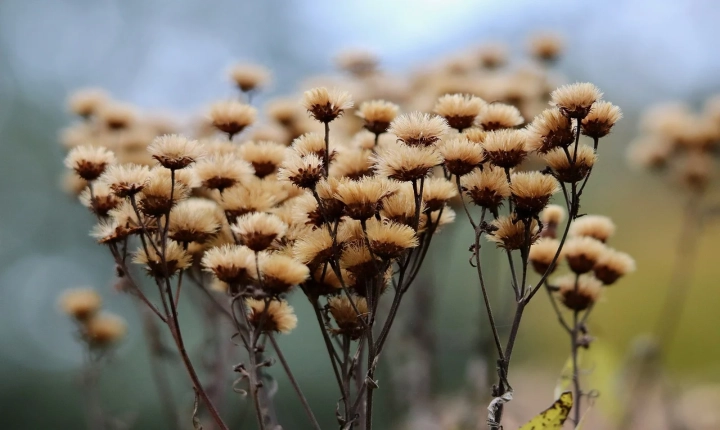Creating AI images can be a fun and innovative way to use advanced technology to generate unique and engaging visuals. With the recent advancements in artificial intelligence and machine learning, individuals can now create stunning and realistic images using AI-powered tools and software. In this article, we will explore the process of creating AI images and the tools and techniques that can be used to produce impressive results.
One popular approach to creating AI images is through the use of generative adversarial networks (GANs). GANs are a type of neural network that can generate new, realistic images by learning from a dataset of existing images. These networks consist of two main components – a generator and a discriminator. The generator creates new images, while the discriminator evaluates the images and provides feedback to the generator. Over time, the generator improves its ability to produce realistic images, resulting in high-quality outputs.
Several software and platforms are available that allow individuals to create AI-generated images using GANs. These tools typically provide a user-friendly interface that allows users to input parameters such as image style, color scheme, and subject matter to generate unique visuals. Some popular platforms include Runway, Artbreeder, and DeepArt.io, which offer a range of features and customization options for creating AI images.
To create AI images using these platforms, users can start by selecting a base image or style that they want to work with. They can then apply various filters, effects, and transformations to alter the image and create a new, AI-generated version. Additionally, users can combine multiple images or styles to create unique compositions and visual effects.
Another emerging technique for creating AI images is through the use of style transfer algorithms. Style transfer involves combining the content of one image with the artistic style of another, resulting in a unique and visually appealing output. This technique can be used to create AI-generated images with a wide range of artistic styles, including impressionism, surrealism, and abstract art.
One key advantage of using AI to create images is the ability to explore and experiment with different styles and visual elements. AI-powered tools can quickly generate a wide range of image variations, allowing users to explore different artistic concepts and creative ideas. This can be particularly useful for artists, designers, and creators looking to explore new visual directions and expand their creative repertoire.
In addition to creating standalone AI images, these techniques can also be used to enhance existing artwork and visual content. For example, artists can use AI-powered tools to generate new textures, patterns, and visual effects that can be incorporated into their traditional artwork or digital designs. This synthesis of AI-generated elements with traditional artistic techniques can lead to innovative and visually striking results.
As the field of AI continues to evolve, the possibilities for creating AI images will only continue to expand and improve. The use of AI-powered tools and techniques can open up new creative possibilities for artists, designers, and creators, providing a powerful means to generate unique and captivating visual content.
In conclusion, creating AI images is an exciting and accessible way to leverage advanced technology for artistic expression and visual creativity. Whether through the use of GANs, style transfer algorithms, or other AI-powered tools, individuals can unlock new artistic possibilities and produce stunning and engaging images. As AI continues to advance, the field of AI-generated images will undoubtedly continue to grow, providing new opportunities for artistic exploration and expression.
